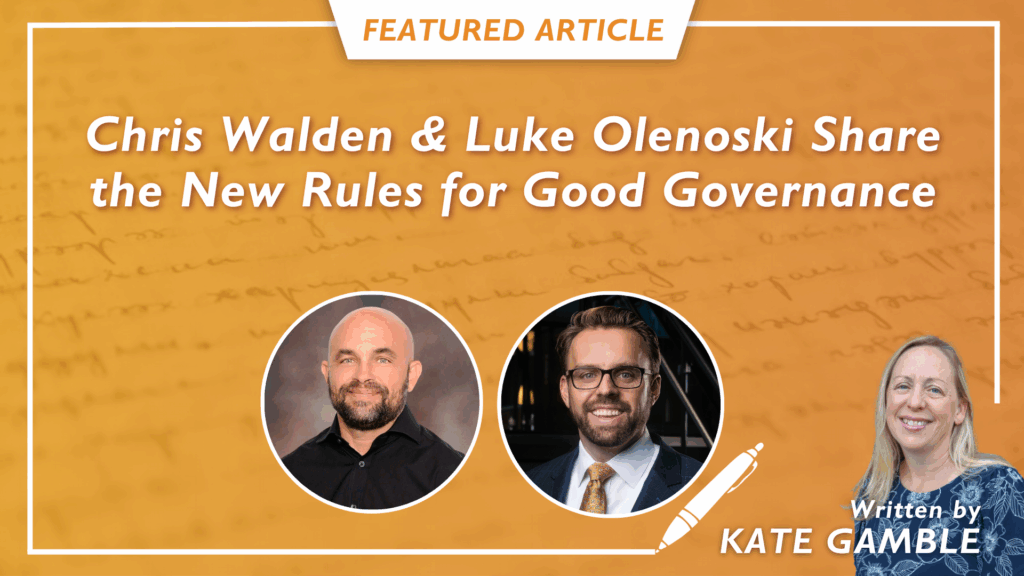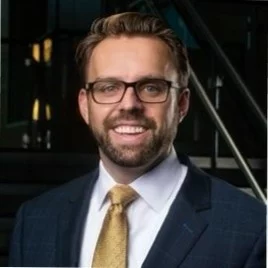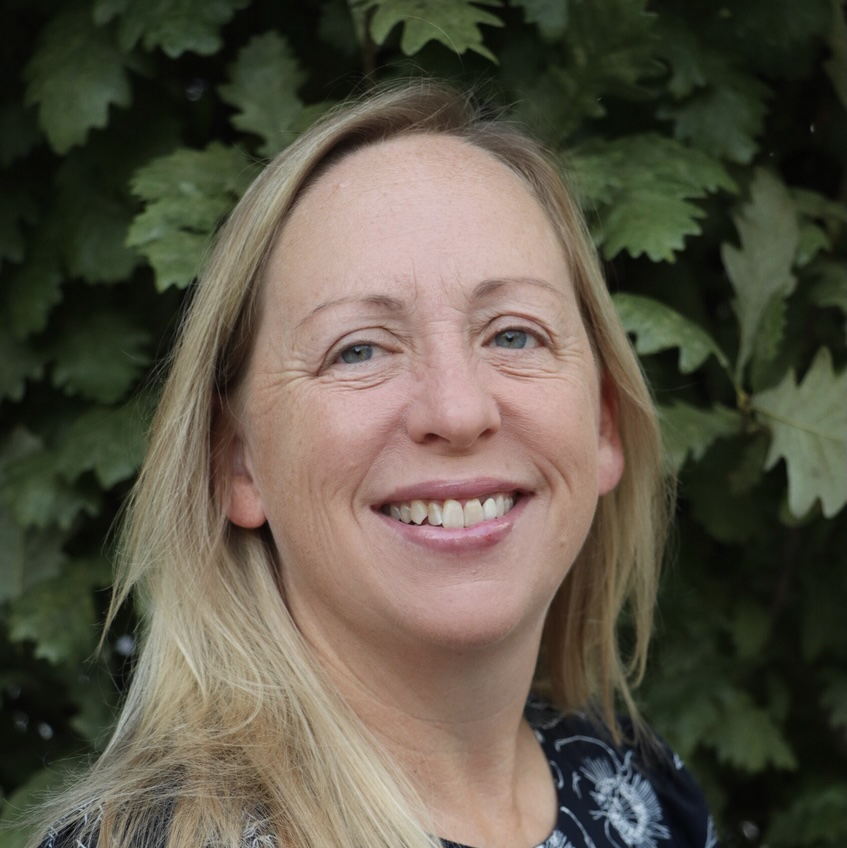
Governance.
No one wants to talk about it, and yet, it’s one of the top priorities on everyone’s list. The question is, why?
Part of the reason, according to Luke Olenoski, SVP and CIO at Main Line Health, is the negative connotation associated with the word itself.
“Governance has a rigid feel,” he said, likening it to “a meeting where things get a ‘yes’ or a ‘no.’ We’re really talking about an operating model of how we interact with our stakeholders,” he noted. One that “signifies an end-to-end process,” rather than an isolated project, and “represents a more dynamic relationship” among various departments.
Chris Walden, VP of IT at Tenet Healthcare, agreed, noting that governance can become “overly bureaucratic,” which is particularly problematic due to the common associate with IT. At the 49-hospital, multi-state organization, “There’s no such thing as IT governance. It’s operational governance,” he said. Doing so clarifies that decisions are made to align with organizational goals rather than meeting departmental needs.

Chris Walden
And while terminology is important, what’s even more critical is having a solid framework in place to evaluate, prioritize, plan, and execute projects. Recently, Walden and Olenoski spoke about the benefits of governance programs, and shared valuable insights on how to successfully implement them.
As health systems face a growing list of demands, it’s becoming increasingly challenging for leaders to prioritize tasks. That, noted Walden, is where governance comes into play. “We needed a way to be able to funnel those things in and determine which have the strongest business case and which fall under the category of ‘keeping the lights on’ so that people knew which path to take.”
And in fact, he believes a strong governance strategy can help teams by setting parameters. “Without it, how do your customers know, what do I do? What shouldn’t I do? Who’s helping me?” he said. Reframing the conversation can shift some of the burden away from IT while educating and empowering others.
It also provides teams with “a broader view of what’s going on” throughout the organization, and ensures diverse representation in the decision-making process. “By having a governance group that’s coming at it from different lenses, we’re able to get that collective agreement,” Walden noted.
So what, exactly, does the ideal governance model look like? While there isn’t a one-size-fits-all approach, there are best practices that can be adopted regardless of the size of an organization.
“It truly does take a village,” Walden noted, adding that at Tenet, “Everybody needs to weigh in because we’re all equally accountable. That’s one of the things that makes our governance successful and more mature than some.”

Luke Olenoski
At Main Line, a four-hospital system located in the Philadelphia suburbs, Olenoski’s team is shifting its thinking in three critical ways.
The first is a shift in thinking as the organization moves away from isolated projects and focuses more on enduring programs, he said. Now, “each program has an ongoing roadmap so it’s not just, ‘I want this project approved.’ It’s more about asking what’s in the nursing pipeline? What's in our physician wellbeing program? What's in our HR and finance program? It’s less about ‘can we get this project approved,” Olenoski added.
The second is to plan for change rather than avoiding the topic – which is often easier said than done. To that end, his team has set up monthly steering meetings and quarterly capital planning meetings. “Knowing and accepting that change is going to happen means we have an operating model that works with change.”
The final piece of the new direction involves ditching the technology-focused approach with projects and adopting an integrated strategy that includes HR, finance, and IT. The impetus for the change? “We tend to build processes that protect our teams but may not work for end users,” he noted. “We would go through a process on the IT side and then present it to finance and wait.”
The decision to integrate with finance, he believes, was a no-brainer in helping Main Line become more efficient while streamlining processes. “We’ve worked closely with them to have the same prioritization framework and the same business planning templates,” he noted. That way, “it’s not just a technology process.”
For Olenoski, who first entered the healthcare space just five years ago, having outside experience has paid dividends – specifically when it comes to governance. His first piece of advice, based on more than a decade with Vanguard, is simple: know the business.
“It’s something we take for granted,” he said. And yet, taking the time to know the business strategy and understand the experience for front-line users can be extremely valuable.
He also cautioned peers to avoid becoming an order-taker – a mold that can be hard to break out of. “I always tell my team to have an opinion and a recommendation,” Olenoski noted, especially those in high-level roles.
At the same time, it’s also important to avoid making too many decisions. Although it may seem contradictory, he believes “the fewer decisions you make, the more influence you have,” and encourages others to focus energies more on informing and providing insights, and less on being the one to stamp the project.
Above all else is the ability to cut through the noise – something that is becoming increasingly difficult. “We need to make sure we’re working on the right technology projects to help our end users to be as effective and as productive as possible,” he stated. “It doesn’t always have to be a big flashy project.”
In fact, “a lot of our focus isn’t around capital projects, but rather, the day-to-day partnership with our end users, whether that’s doing break-fix work, responding to questions, or providing support,” he said. “That ongoing work is what makes such a big difference.”
Finally, Olenoski urged peers to avoid common traps such as “shiny object syndrome” and prioritizing ROI above all else. “If you’re too focused on ROI, you might be missing opportunities for innovation,” he said. Instead, leaders need to determine the organization’s appetite for spending and strike the right balance between the two. “Yes, we need to ultimately tie it to outcomes, but if we think about it as in terms of appetite, that might open up some opportunities as well.”


Questions about the Podcast?
Contact us with any questions, requests, or comments about the show. We love hearing your feedback.

© Copyright 2024 Health Lyrics All rights reserved